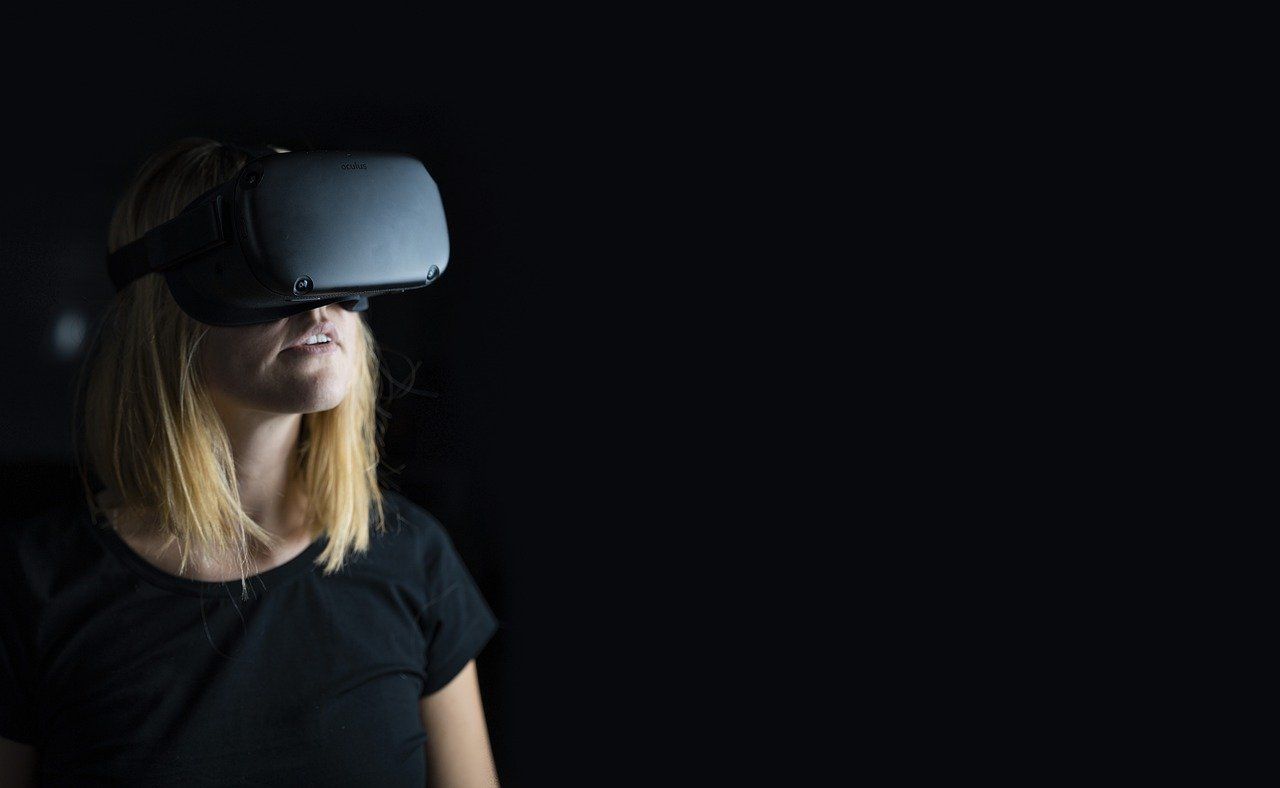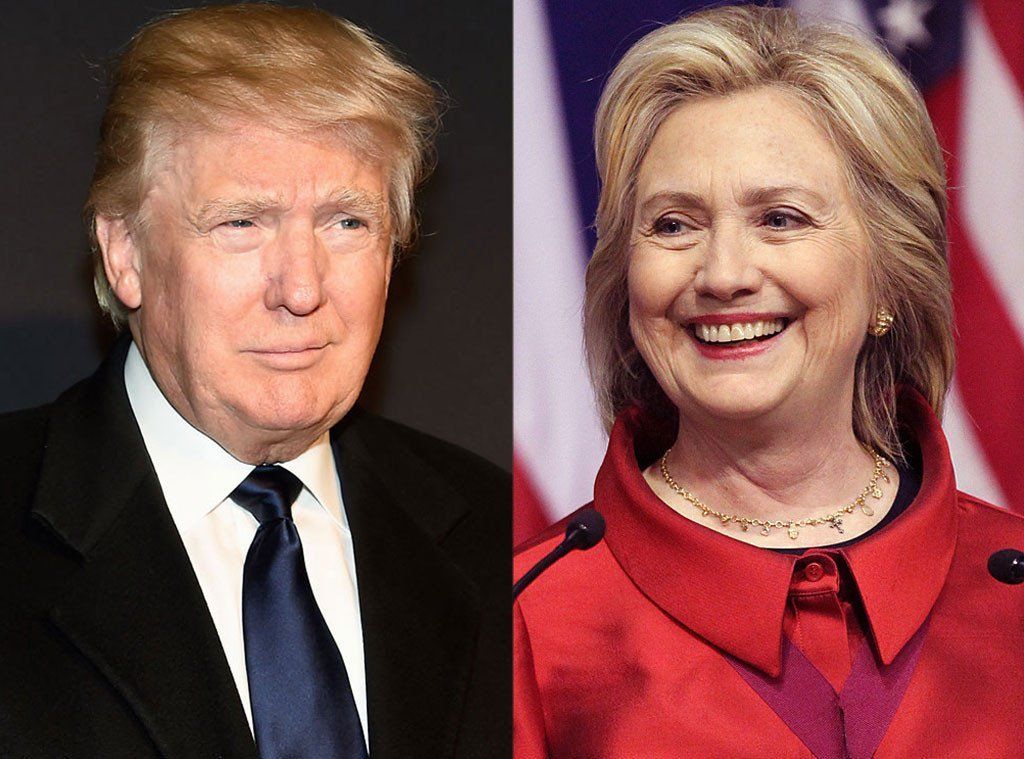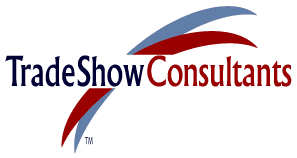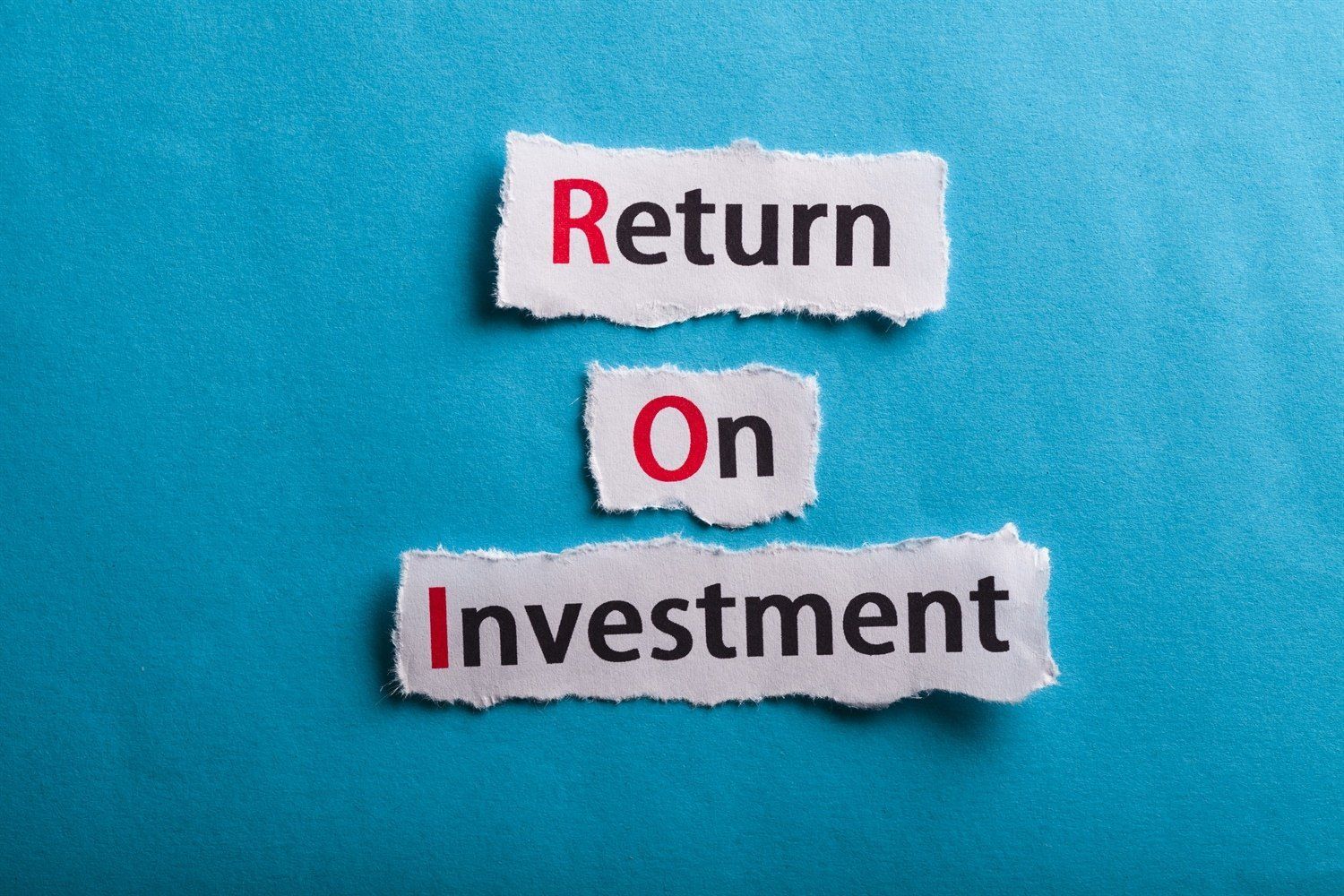Which Should You Buy, a New off the Shelf Modular or Custom Exhibit?
The corporate decision to purchase a new trade show exhibit usually comes down to considering the various advantages of both custom designed or off the shelf module properties tailored to the individual exhibitor’s needs.
Both exhibit alternatives have their unique features and benefits and while shopping for a new exhibit can be challenging, it’s worth taking the time to thoroughly research both alternatives.
The following ideas promise to save you time, money and a few headaches along the way when deciding whether it will be off the shelf or custom for your new trade show exhibit program. Your options depend greatly on your trade show needs, budgets, corporate philosophy, and planned utilization and where the trade show function falls within your company.
First and foremost in deciding the kind of new trade show exhibit you’ll need is to obtain a general consensus within your company by getting others involved in the decision making process. By staging a simple project input meeting you’ll be able to acquire opinions and suggestions from sales, marketing, purchasing and management as to their ideas, concerns and requirements.
A brief presentation outlining the differences between custom exhibits designed and constructed by an exhibit builder and an off the shelf modular provider will help to set the stage for active discussion and effective evaluation. It would also help to show photographs of the many different styles and types of exhibit materials along with their associated costs to further explain and demonstrate the value of each.
It is also helpful to develop a document of analysis explaining what type of exhibit properties have been used in the past along with any comments gathered over time regarding problems, advantages and reasons why a new exhibit is needed.
Once it is felt that the ground work has been firmly established and you have a general agreement that indeed a new exhibit is needed, the following steps should be taken to begin the process.
- Carefully evaluate the number and type of trade shows in which the new exhibit will be designed to be used. If your entire trade show schedule uses the same size booth space at every show, say a 20’x 20’or larger space, more weight could go to the custom exhibit selection. If your trade show schedule includes a mixture of cubic content and linear booth spaces, the off the shelf modular exhibit might work better.
- If your trade show program is only managed from the corporation and the exhibit materials are never sent out to support dealers, distributors and regional sales representatives, the custom exhibit will be easier to manage, schedule and maintain. If your trade show exhibits on the other hand are sent around the world supporting dealers, distributors and sales representatives, the off the shelf modular exhibit will be easier to up date, transport, set-up, dismantle and manage.
- If you have a combination of both types of trade show exhibit usage, it is possible for a custom exhibit to be used to accommodate both, however it is much more likely that the modular off the shelf exhibit might work better simply because of its modular design, flexibility of exhibit properties and ease of transporting.
- The custom exhibit will provide you with a unique look and feel. When designed to meet your specific needs it could be used in many unique ways the off the shelf modular exhibit can’t easily accommodate. In most cases, multi-story exhibits, theaters, displays that creatively incorporate live or dynamic A/V product presentations and those that require quiet and private conference or closing rooms are often difficult to achieve with the off the shelf modular exhibit properties.
- Show services are also a major consideration in deciding which exhibit type to purchase. In most cases the custom exhibit will need to be set-up and dismantled by union labor with supervision by either you or a representative from the exhibit builder. The modular exhibit materials can most often be set-up and dismantled by your own people in a fraction of the time and cost.
- Transportation to and from the trade show is another major cost and logistical consideration you’ll want to review. Often a custom exhibit will either require expensive and often heavy shipping cases or need to be transported blanket wrapped or padded by a moving van. The modular off the shelf exhibit usually comes with its own light weight shipping cases that can easily and more inexpensively use ground or air freight transportation. However, if your company displays larger equipment that also requires air ride van transportation, then transportation for the custom exhibit materials becomes a simple matter of scheduling, available space and the cost of van transportation.
- Construction time and cost will also need to be considered since custom exhibits take longer to build and off the shelf modular exhibits are for the most part available within days while their graphics might take a week longer.
- Light weight.
- More configurable.
- Ease of changing signage and graphics.
- Less drayage and transportation expense.
- More mobile.
- Overall less expensive to purchase, own and use.
- Skyline Display’s network of factory trained dealers who will service an exhibit’s needs in virtually every major convention city around the world.
- The exhibitor wants to look unlike any other exhibitor on the show floor.
- A custom designed exhibit can creatively incorporate the exhibitor’s unique corporate/brand strategy and personality.
- Complex product presentations can be imaginatively integrated into the exhibit design theme without structural limitations.
- The exhibit’s physical structural integrity will hold up to a big show’s traffic and product presentation demands.
- Exhibit materials available are varied and offer greater design creativity and flexibility.
- The ‘look and feel’ of the exhibit and its support functions can evolve and improve from show to show as experience demands.
- A custom designed exhibit can offer creative originality, effective product integration while projecting a strong and innovative corporate position.
Conclusion
Once you feel confident about knowing what you know and what you don’t know about buying a new trade show exhibit, you might want to invite local experts like Roger Bergeson and Tim Patterson to come in and present their views and philosophies in support of both the custom/off the shelf exhibit alternatives.
After seeing photographs of both types of exhibits along with actual construction, transportation and show services cost estimates, you and your team will be in a much better position to decide which route to take in maximizing your trade show exhibit investment and purchasing a new exhibit that best serves your trade show needs, objectives and budget.













